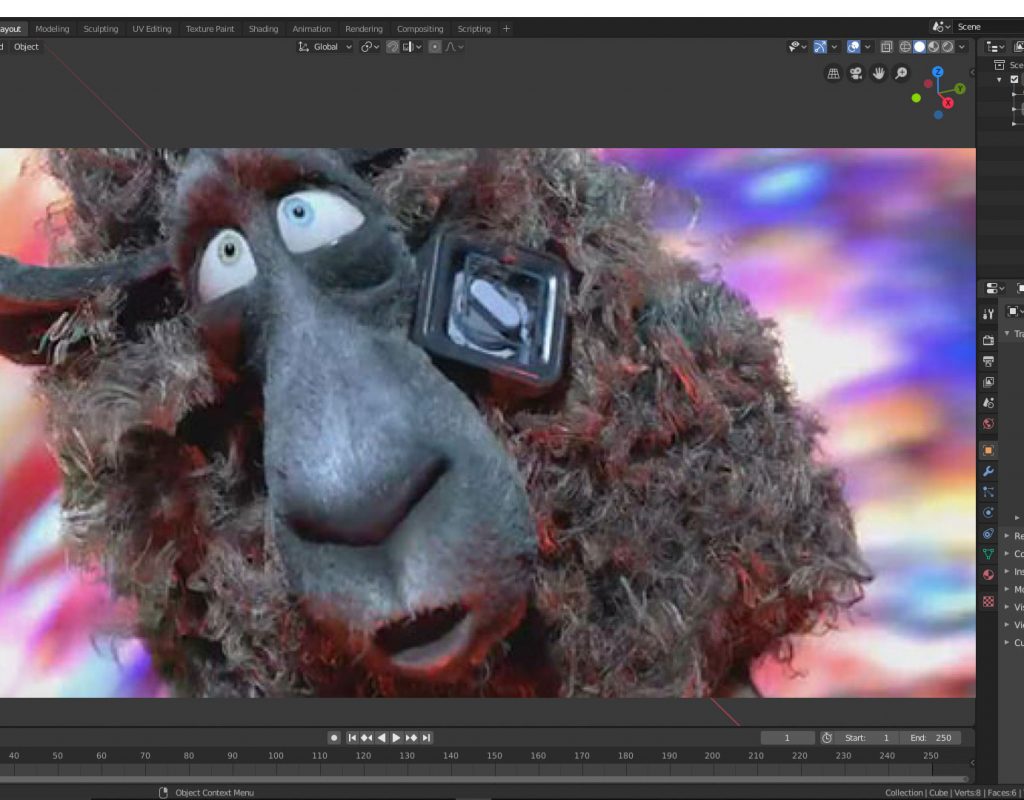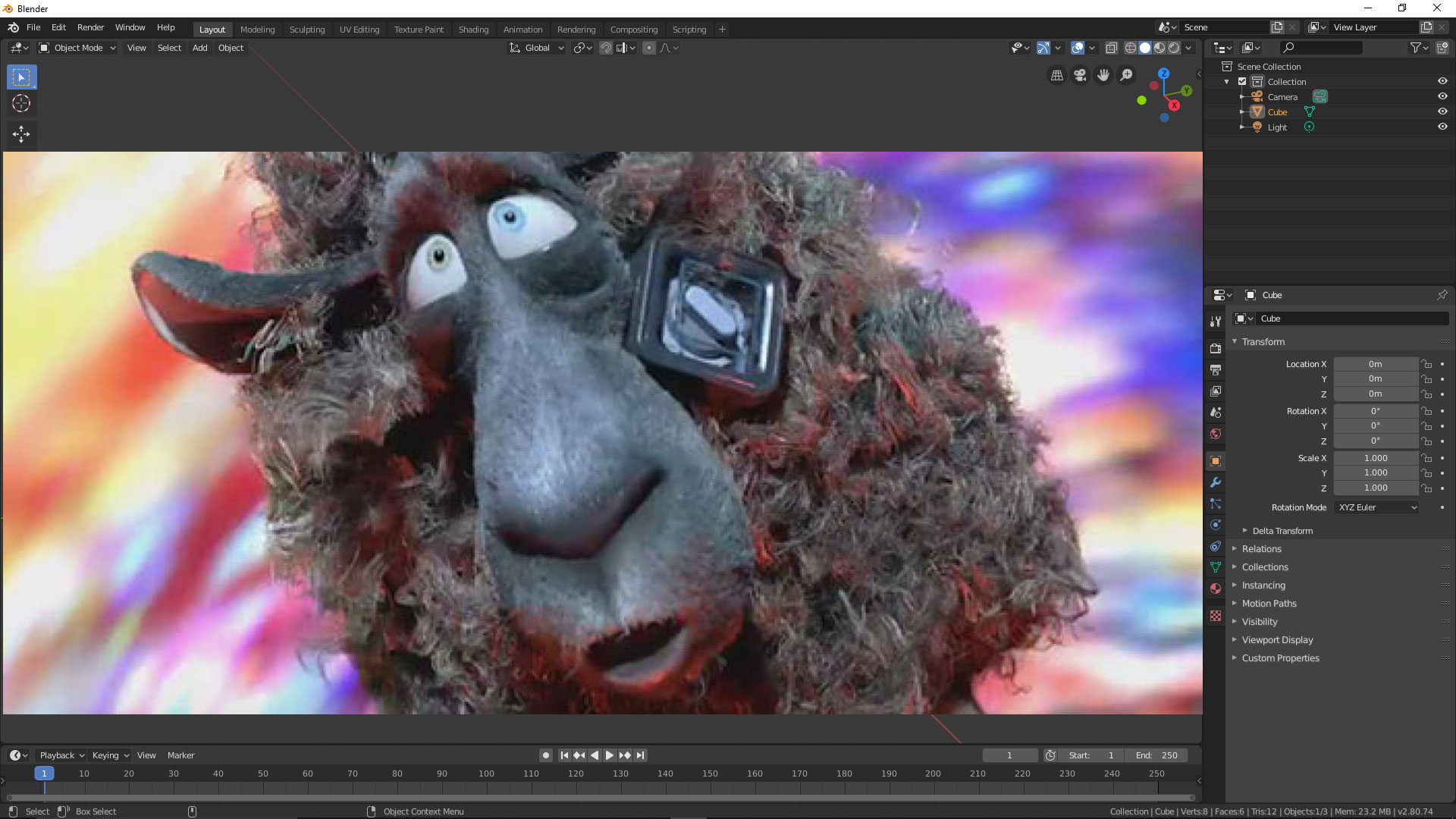 Last week we took a brief look at the news that Autodesk had released an affordable Indie version of Maya, and that the Blender Foundation had simultaneously released the long-awaited version 2.8. Regarding that last one: What exactly is Blender, do you care, and is it set to take over from Autodesk Maya as the industry reigning champion of 3D?
Last week we took a brief look at the news that Autodesk had released an affordable Indie version of Maya, and that the Blender Foundation had simultaneously released the long-awaited version 2.8. Regarding that last one: What exactly is Blender, do you care, and is it set to take over from Autodesk Maya as the industry reigning champion of 3D?
There’s been a lot of smack talk on the forums of late about how Blender 2.8 is about to drive Autodesk Maya out of the DCC market. Much of it is fueled by anger at the Autodesk move to subscription-only licensing, less of it by a careful comparison of the merits of each application.
Blender is to Maya as Linux is to Windows
Let’s get this out of the way up front: I don’t think Maya is remotely in danger of being supplanted by the new, improved, “free’er-than-ever” Blender. It’s not even a contest. Maya is a tool that is deeply integrated into the pipelines of major studios across the planet. Blender 3D is a very cool tool championed by indie animation studios and passionate hobbyists.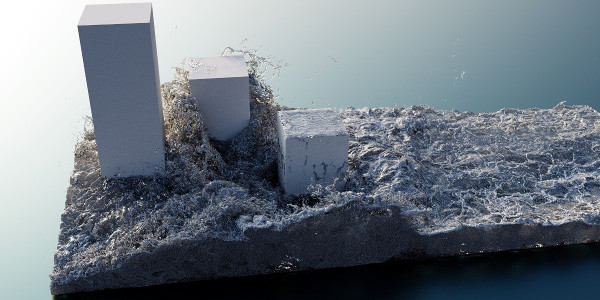 Studios pay Autodesk support contracts to solve issues that arise during production. In fact, large studios like Blue Sky actually serve as in-production beta testers for Maya. Both parties have a lot riding on such collaborations. In contrast, the Blender Foundation does what it can with the funds provided. In theory they could provide higher tier premium support contracts for big studios, but that would violate the egalitarian spirit of the entire enterprise.
Studios pay Autodesk support contracts to solve issues that arise during production. In fact, large studios like Blue Sky actually serve as in-production beta testers for Maya. Both parties have a lot riding on such collaborations. In contrast, the Blender Foundation does what it can with the funds provided. In theory they could provide higher tier premium support contracts for big studios, but that would violate the egalitarian spirit of the entire enterprise.
A passionate, altruistic computer scientist may well produce a Blender feature far superior to something commissioned internally by the product development team at Autodesk. But when it fails to behave in production, who at the Blender Foundation can guarantee that the problem will be solved in a timely manner? Autodesk, on the other hand, is contractually obligated to either fix a problem with the software, or help the user to bend their workflow to the idiosyncrasies of the software. Now you can argue about the speed of response, but with Blender there’s no guarantee that your issues will be addressed, no matter how well-meaning the team working on the technology.
 I remember in the nineties Linux fanatics being, well, fanatical about Linux, and how it would soon take over the desktop market from Windows. It was free after all. History has proven that while Linux has come a long way, it hasn’t replaced Windows or OS X on the average computer desktop. (Mobile and embedded devices are, of course, an entirely different matter.)
I remember in the nineties Linux fanatics being, well, fanatical about Linux, and how it would soon take over the desktop market from Windows. It was free after all. History has proven that while Linux has come a long way, it hasn’t replaced Windows or OS X on the average computer desktop. (Mobile and embedded devices are, of course, an entirely different matter.)
The same is true of Blender. It’s an amazing application, but the very open-source nature of the project also counts against it for corporate adoption. The real question should be: Does it matter to you?
Blender 2.8: It kinda’ has everything
What is quite remarkable about this latest incarnation of Blender is that it really does check most of the boxes for a professional 3D tool, and then some. There’s a physically-based, GPU-accelerated renderer (Cycles), a high-quality look dev real-time renderer (Eevee), character animation tools, 2D animation tools, dynamics, cloth simulation, fluids, pyro effects, camera tracking, node-based compositing, paint tools, texturing, scripting, and even a non-linear editor. And then there are the additional plug-ins created by non-canonical developers: tree generators, human character generators, custom physics tools, even crowd simulation systems. And most of the features go far beyond what should reasonably be considered a free tool. In fact, there are many artists working with commercial software that are taking a hard look at abandoning their native simulation tools for the ones in Blender.
So getting back to the question: does it matter to you that Blender is unlikely to be the backbone of Pixar’s next mega-release? Are you personally going to be creating a major animated feature in the next two to three years? If not, chances are that the wealth of features shipping in Blender 2.8 will be more than enough to cover even your most ambitious projects.
Now if you’re dedicated to pursuing a career in animation, you may want to look a little closer at professional tools like Maya, Cinema 4D, or 3D Studio Max. But if it’s just you, or you and a small team, why not save money on the software licenses and spend it on GPUs to get your masterpieces to render faster?
It’s all the same Siggraph paper
There’s an old joke in the industry when several companies add the same new filter or effect to their software: “It’s all the same Siggraph paper.” Every year computer graphics researchers at universities and corporate R&D groups release papers outlining new techniques for doing everything from optical flow video tricks to a better raytracing recipe. And very often software companies will take the algorithms in those papers and implement them in their software.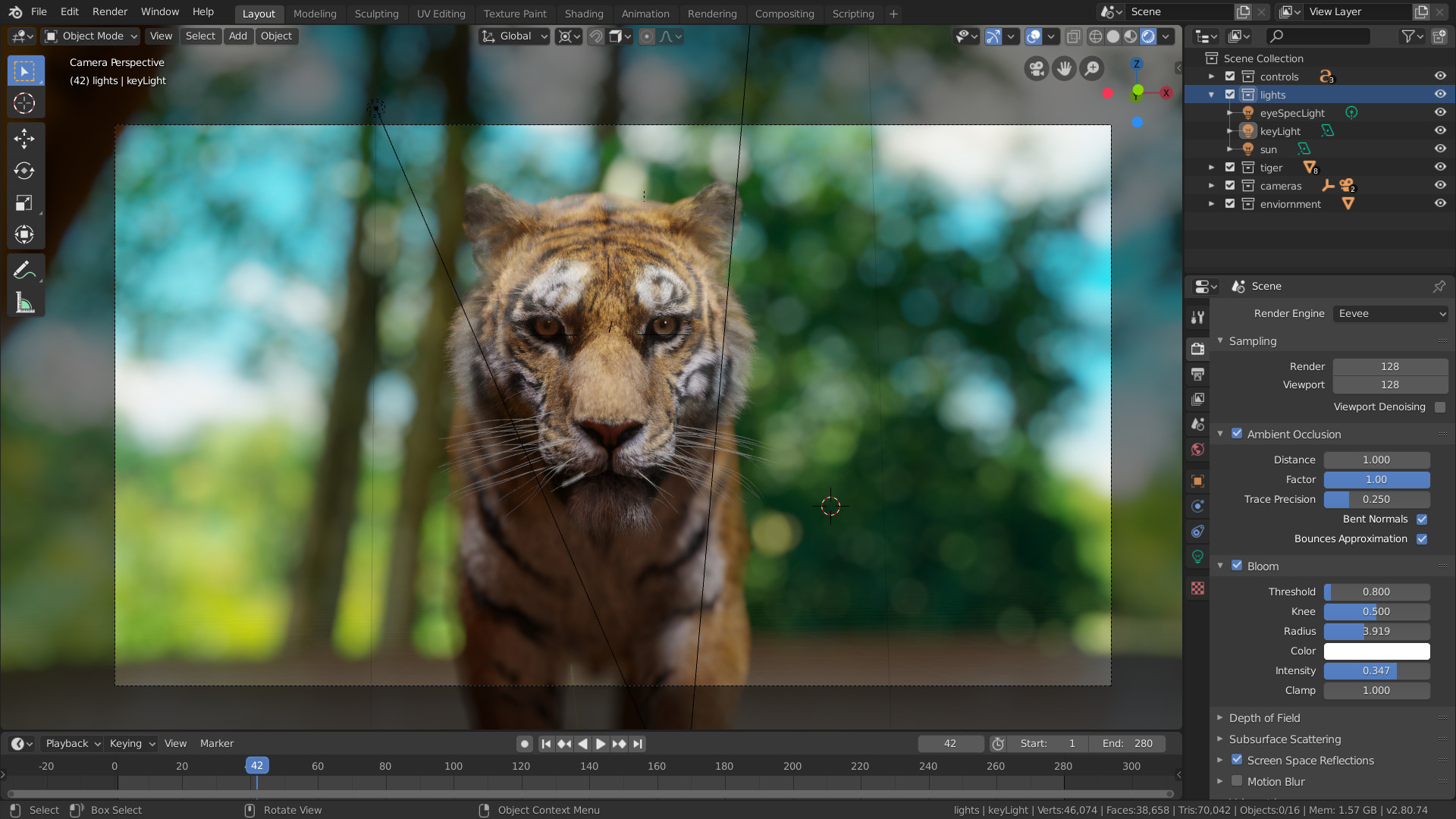
So it’s very possible that the high-end features in the Blender toolset are just as sophisticated as the comparable offerings from commercial animation packages. After all, they’re probably implementing the same (or similar) algorithms. Now how they expose the tool to the end user in terms of UI and UX is another matter.
If you’re not already invested, it’s time to blend
If you’re already paying for 3D animation software, you most likely have more than money invested in it. You have muscle memory and a working knowledge of the interface. So ‘free’ is relative if it means investing work hours in learning a new application. For everyone else, now is a great time to learn Blender.
These days creating pretty 3D animation is much easier than it used to be. After watching the free, twenty minute tutorial from moviola.com (below) you should have more than enough knowledge to put together an infographic or simple event recreation, perfect for generating B-roll to fill a slot where you lack live action footage.
To do or not to undo
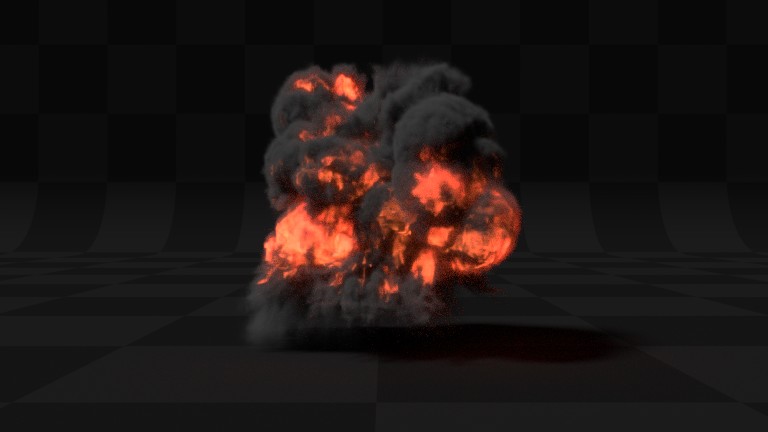 I can’t in good conscience conclude this article without mentioning what I see as the Achille’s heel of Blender: Undo. For most tasks undo works just great. But if you start to build bigger scenes with lots of objects, it starts to become cripplingly slow. My understanding is that Blender actually caches the entire scene file into memory as an undo state, so undoing is effectively reloading a previous version of the scene from RAM. (Feel free to correct me in the comments if I’m wrong about this.)
I can’t in good conscience conclude this article without mentioning what I see as the Achille’s heel of Blender: Undo. For most tasks undo works just great. But if you start to build bigger scenes with lots of objects, it starts to become cripplingly slow. My understanding is that Blender actually caches the entire scene file into memory as an undo state, so undoing is effectively reloading a previous version of the scene from RAM. (Feel free to correct me in the comments if I’m wrong about this.)
Now if you’re doing fairly simple animations, you’ll most likely never notice this. If you’re trying to create an animated short with backdrops and the like, you almost certainly will. And we’re not talking 8-10 seconds delay, we’re talking potentially a minute or more.
“I’m sure they’ll fix that soon, now they have all that extra funding,” I had someone comment to me on the Siggraph show floor this year. Really? As someone who has personally made the mistake of trying to implement an undo system after the fact, let me assure you that the undertaking is not trivial. It’s painful and mind-bending. And given the sheer size of the Blender codebase and feature set, well…I don’t envy the poor developers assigned to that task. I won’t place bets on it, but I can’t see the undo system being magically fixed any time soon.
Learn Blender in 30 minutes or it’s free
OK, so it’s all free anyway; both the software and the training in this case. If you want to ramp up as quickly as possible on Blender, check out the moviola.com Survival Guide below. Once you’ve watched the guide, you should have the fundamentals down and you can then mine YouTube for the techniques that are needed for your specific project.

Filmtools
Filmmakers go-to destination for pre-production, production & post production equipment!
Shop Now